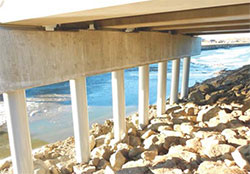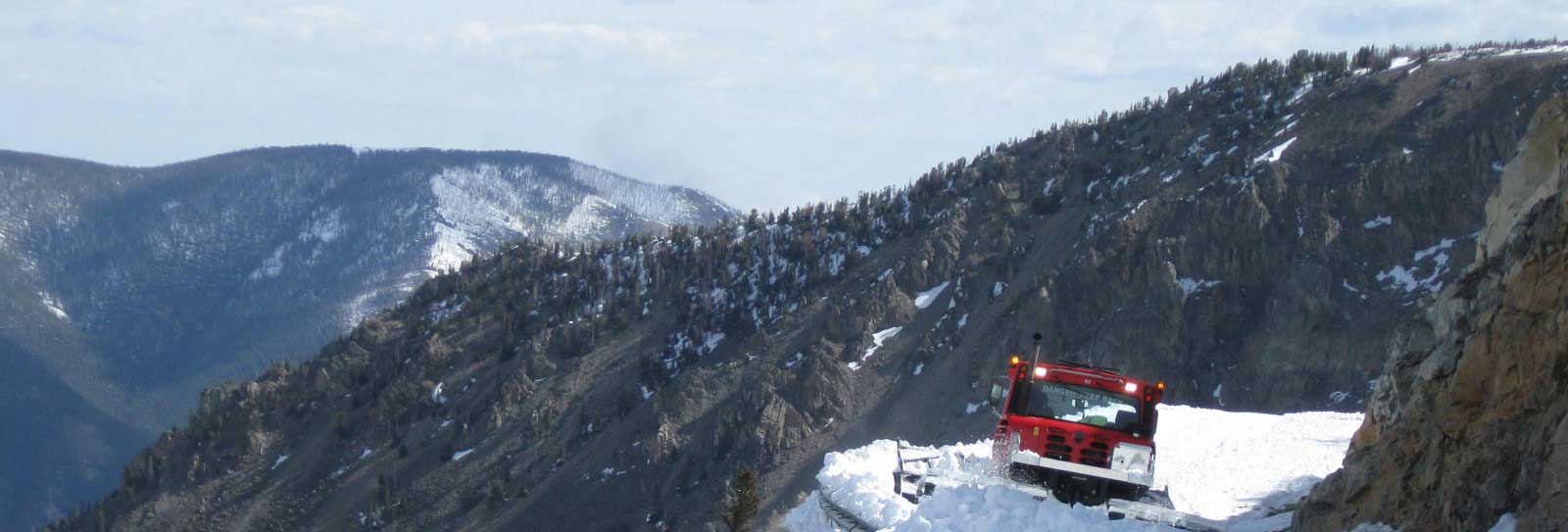
The Montana Department of Transportation has found concrete-filled steel tube (CFT) piles connected at the top by a concrete pile cap to be a very cost-effective support system for short and medium span bridges. This type of system offers low initial cost, short construction time, low maintenance requirements, and a long service life. While the gravity load performance of these systems is well understood, their strength and ductility under extreme lateral loads (e.g., seismic events) is more difficult to reliably predict using conventional design procedures. The proposed research aims to further develop newly established design and analysis methodologies, and to ultimately ensure the desired bridge performance.
Phase I: Preliminary Investigation
Phase II: Lateral Load and Lateral Displacement
Final Report
Implementation
Project Summary Report
Phase III: Confirmation of Connection Performance
Final Report
Implementation
Project Summary Report
Performance Measures Report
Kappas, L. (2018). Performance and Design of Steel Pipe Pile to Concrete Cap Connections Subject to Seismic or High Transverse Loading
"A design aide was developed in Excel to assist with the proposed algorithm and calculations of subsequent internal connection forces between the embedded steel pile and the concrete pile cap, as described in portions of the provided dissertation. This design aide may be useful to assist with design of a pile-to-pile cap connection if used appropriately. The design aide’s results are based on the experimental findings of the research and would require verification for other specific applications. Additional work is ongoing to verify the design of these connections and design aide. Please contact
2016 TRB Annual Meeting Poster
Phase IV: Further Evaluation/Improvement of Analysis/Design Methodologies
Final Report
Final Presentation
Project Summary Report
Implementation Report
Performance Measures Report
Poster
Technical Brief
MDT Research Technical Brief: Enhancing Montana’s Bridge Pile Connection Designs
